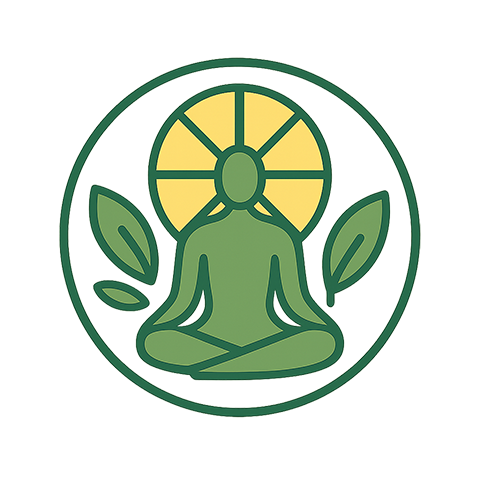Mastering Nervousness: Embracing Offline Management in a Digital Age
In today’s hyper-connected world, our lives are intertwined with screens, notifications, and endless streams of digital information. While technology offers remarkable convenience, it often amplifies feelings of anxiety and nervousness. The pressure to stay constantly “on” creates a unique challenge — how do we find genuine calmness amid the noise? This is where the offline management of nervousness becomes a vital practice worthy of our attention.
The Overwhelm of Digital Overload
Have you ever felt your heart race or your mind spiral after hours of scrolling through social media or responding to back-to-back messages? This is a common experience in the digital era, where constant connectivity can strain mental health. Unlike traditional worries, digital-induced nervousness often lacks a clear cause, fueled instead by an unceasing stream of stimuli that hijacks our natural state of tranquility.
Symptoms might include restlessness, difficulty focusing, and a pervasive sense of being overwhelmed — sensations that remind us how deeply technology impacts our nervous system. Recognizing this pattern is the first step toward reclaiming control through conscious offline management techniques.
Why Offline Management Matters
Offline management of nervousness invites us to step away from screens and immerse ourselves in real-world experiences. It offers a reprieve, allowing the brain to reset and emotions to settle without digital interference. When we disconnect mindfully, we reconnect with the present moment — with our breathing, surroundings, and inner calm.
This form of management isn’t about avoiding technology altogether but about creating healthy boundaries. It cultivates awareness about when digital tools serve us and when they contribute to nervousness. For many, simple activities such as going for a walk in nature, journaling by hand, or practicing deep breathing exercises provide powerful antidotes to nervous tension sourced from digital stressors.
Digital Detox: The Path to Balancing Technology and Humanity
A digital detox can be the cornerstone of effective offline nervousness management. Even brief periods offline can significantly reduce stress hormones and improve emotional regulation. Disconnecting from devices helps restore a natural rhythm, enabling our intuition and creativity to flourish without distraction.
During a digital detox, the emphasis shifts from consuming to being — from multi-tasking to focused presence. This return to human connection and self-awareness helps calm nervous energy and reinforces that, at our core, we are not defined by notifications or digital avatars.
Technology Versus the Human Experience
There’s an ongoing tension between technology’s rapid pace and the human need for stillness. While technology accelerates communication, it often bypasses the subtle emotional cues vital for genuine understanding and empathy. Offline management of nervousness nurtures the human side of our nature, reminding us that true peace comes from within and through authentic relationships.
Embracing moments devoid of screens encourages mindfulness, compassion, and self-care — essential components for calming nervousness and fostering resilience in an ultra-connected world. It’s about striking a balance where technology serves as a tool for empowerment rather than a source of anxiety.
Final Thoughts
If you feel the weight of digital stress creeping into your daily life, consider exploring offline strategies to manage nervousness. Setting aside time for digital detoxes and prioritizing face-to-face interactions or solitary reflection can dramatically improve emotional well-being.
Remember that while technology constantly evolves, the human need for calm, connection, and clarity remains timeless. By mastering offline management of nervousness, you reclaim your power to live fully present, grounded, and peaceful amidst the digital storm.




